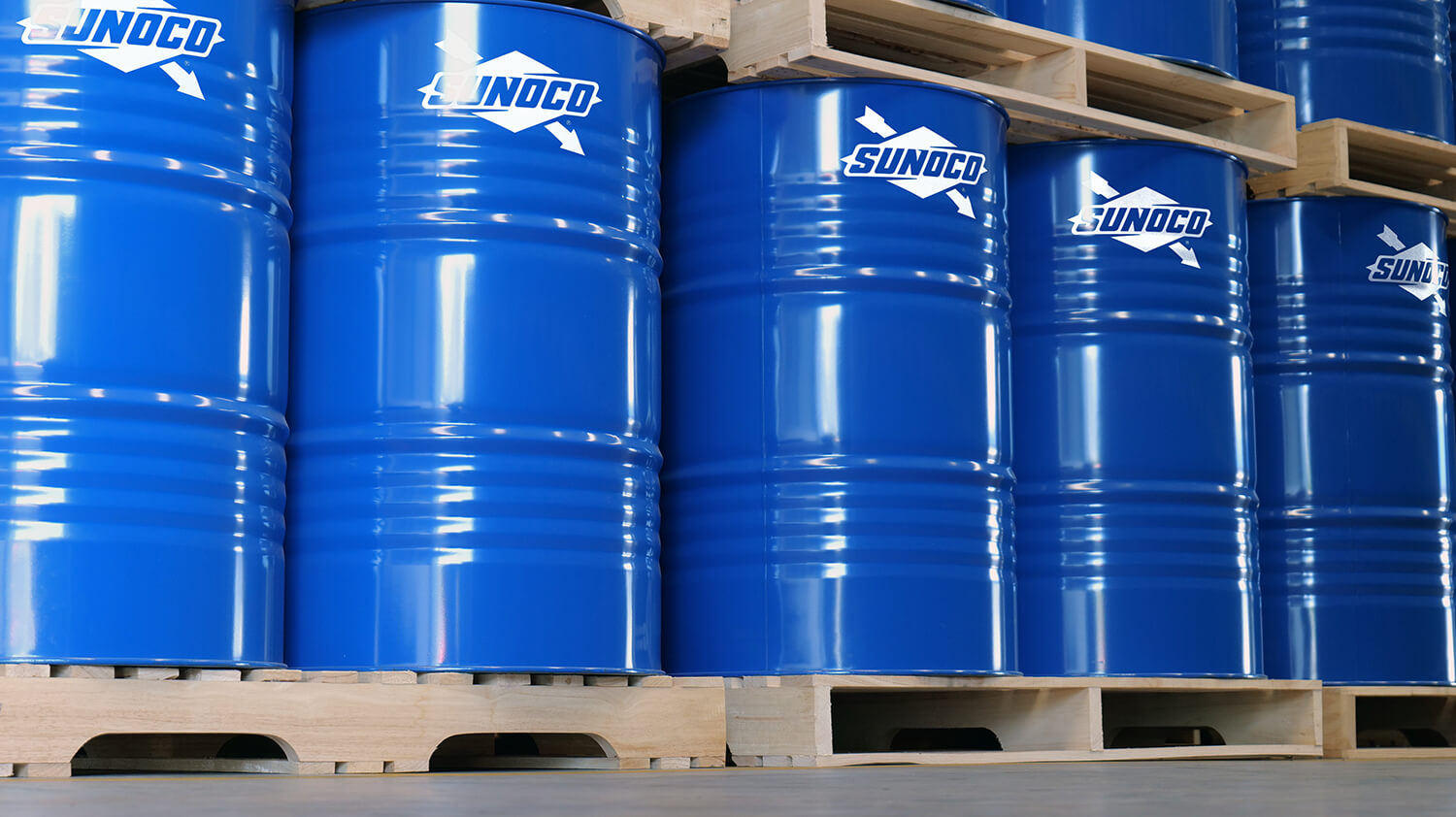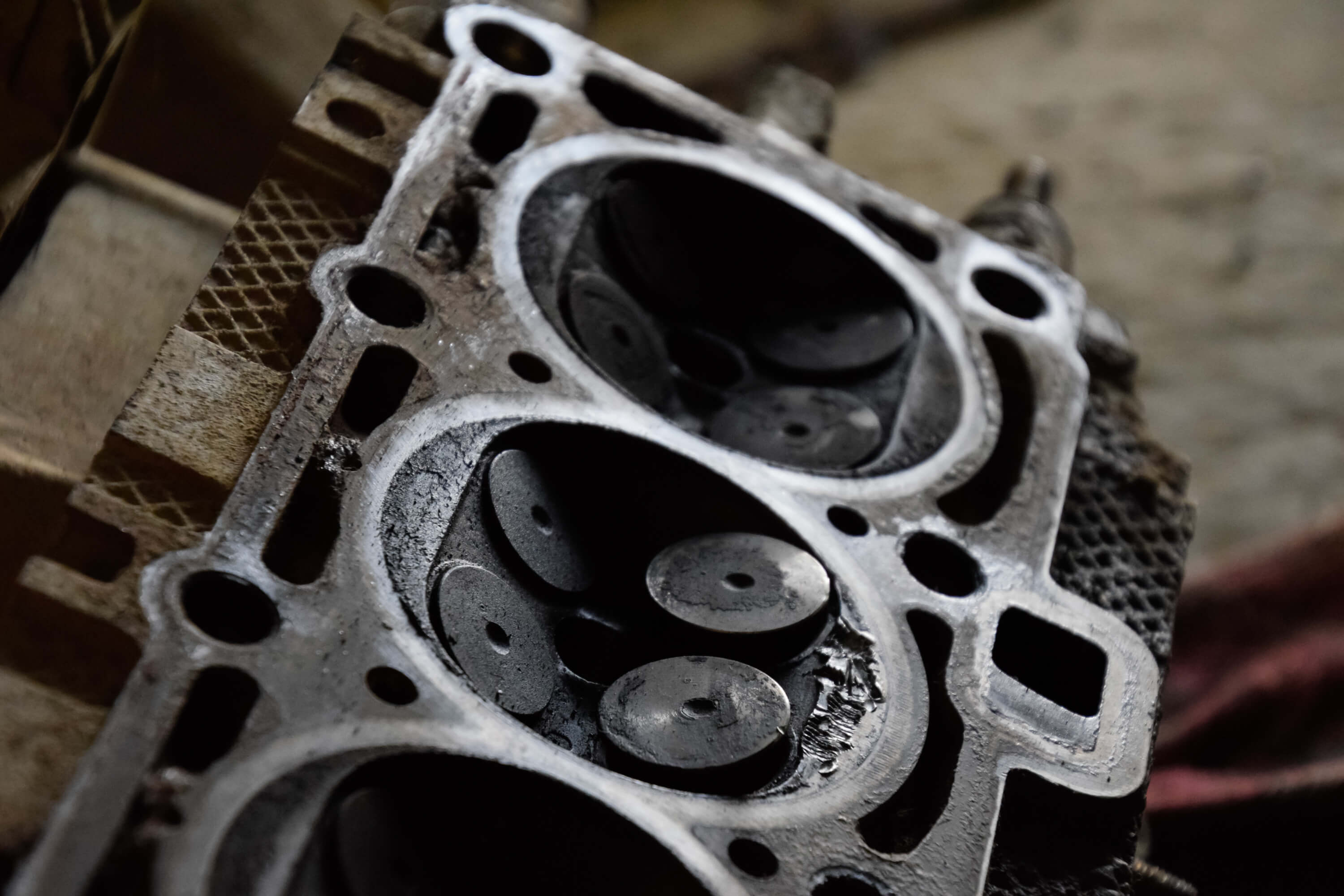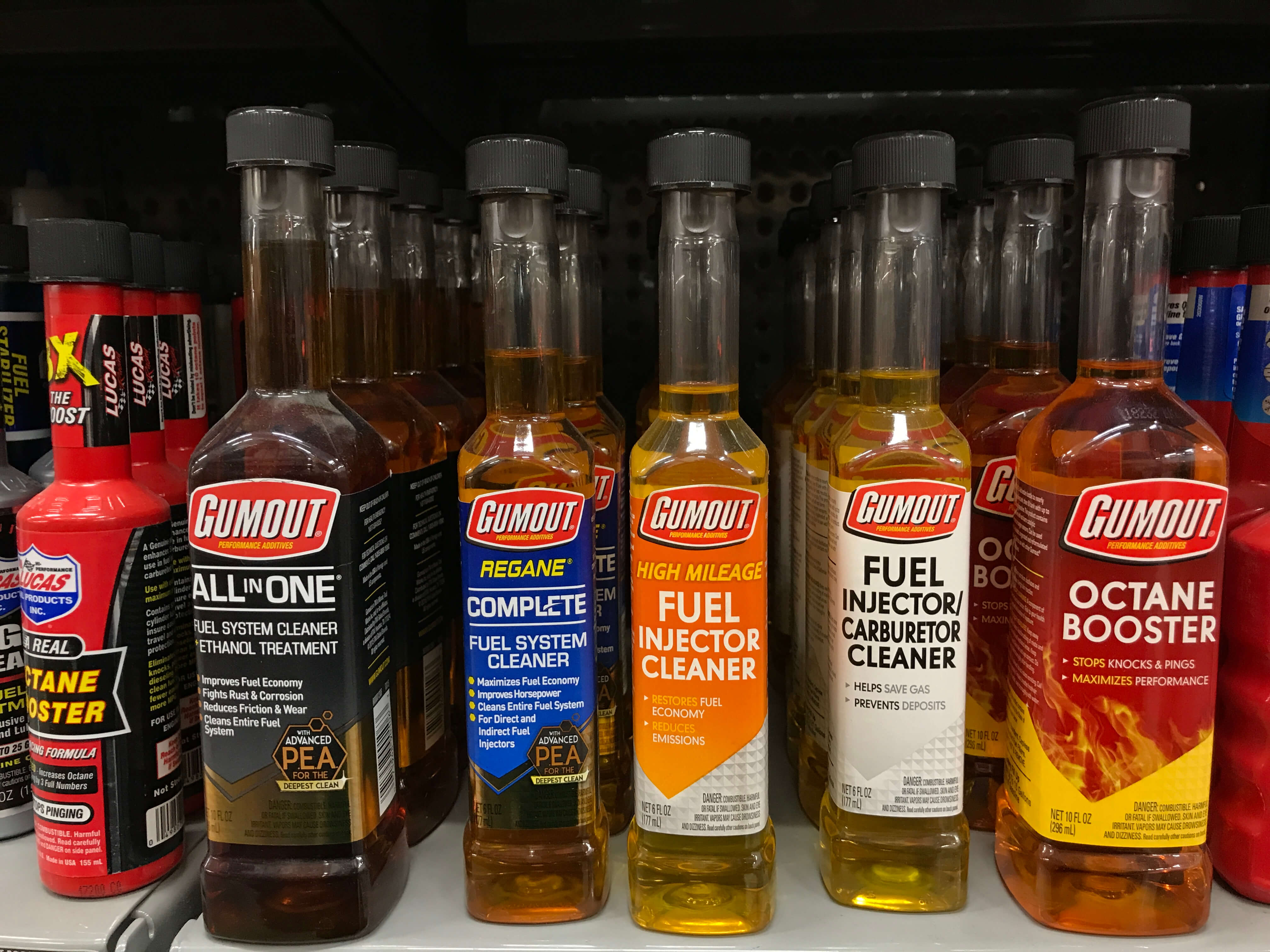Performance Fuels

Are High-Octane Fuels More Stable?
- Category:
- Fuel Facts
by Classic Motorsports
Posted on 6/11/2024

There’s another advantage of higher-octane fuels: They’re also more stable when it comes to storage.
There is science behind that answer, and we’re going to crib from something posted on the Sunoco Race Fuels website by Zachary J. Santner, senior specialist of quality at Sunoco: “87 octane fuels tend to be less refined and contain more unstable hydrocarbons. As the months pass during storage these unstable components react to form gums, varnishes, and lower octane hydrocarbons. As a result, the octane can decrease within months for 87 octane fuels, especially when stored under less-than-ideal conditions. 93 octane fuels are more refined and contain more stable hydrocarbons. These stable hydrocarbons can last 2-3 times longer than 87 octane fuel. Even in proper storage, 87 octane gas can start to degrade in 3 months; 93 octane fuel should last closer to 9 months before degradation is noticeable. Keep in mind that 93 octane fuels are still susceptible to octane loss and vapor pressure decreases due to butane evaporation.”
So, other than cost, is there a downside to always filling up with premium? “Filling up with premium when you don’t need it can help to clean the fuel system because it contains cleaner components than 87 octane,” Santner tells us. “No negative reasons to not use it, even in an 87-octane minimum car.”
Race fuels, though, are a slightly different subject. Where street fuels are blended to meet a price point, race fuels feature better ingredients–and those ingredients lead to longer shelf life. If properly stored, Santner adds, Sunoco’s race fuels can sit around for two years or more without degrading.




